Stem cells can develop into many cell types and act as the body’s repair system. They replace or restore damaged tissues, offering new possibilities for treating diseases.
Stem cells are special cells with the unique ability to develop into many different cell types, from muscle to brain cells. They serve as the body’s internal repair system. This potential allows them to replace or repair damaged tissues and cells, offering new avenues for treating various diseases. This field, known as regenerative medicine, leverages the unique properties of stem cells to heal the body from within.

Stem cells are distinguished by two key characteristics:
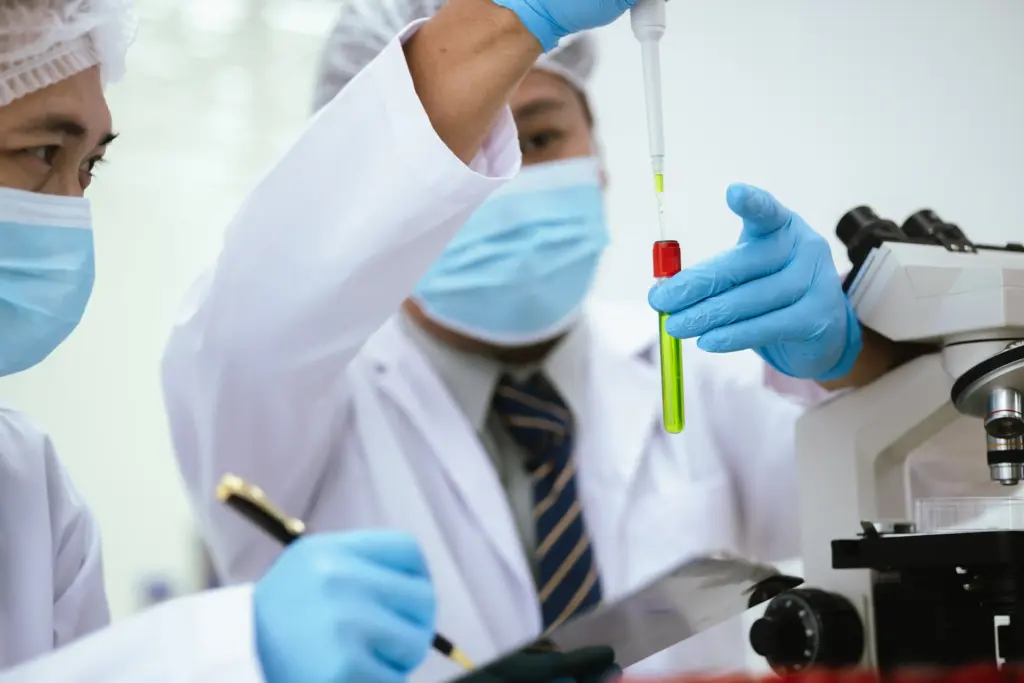
There are several types of stem cells, each with different capabilities and sources:
Induced Pluripotent Stem Cells (iPSCs): These are adult cells (like skin cells) that have been genetically reprogrammed in a laboratory to behave like embryonic stem cells.
Regenerative medicine is a branch of medicine that focuses on developing methods to regrow, repair, or replace damaged or diseased cells, organs, or tissues. Stem cell therapy is a cornerstone of this field, offering the potential to treat conditions previously considered incurable by providing a source of healthy new cells.

Cancer develops through the interaction of multiple factors including genetics, lifestyle, age and environmental exposures. Because every person has a unique risk profile, our specialists at Liv Hospital take time to evaluate these elements individually. We guide patients toward healthier lifestyle choices, early screening methods and practical preventive strategies. By transforming knowledge into action, we help you take meaningful steps toward protecting your long term health and well being.
At Liv Hospital, we believe that empowerment begins with understanding. While cancer is a complex disease with no single cause, our knowledge of contributing risk factors is constantly growing. We recognize that a combination of factors from genetic predispositions to lifestyle choices and environmental influences plays a role in its development. Our approach is proactive and personalized. The dedicated experts at Liv Hospital work with you to assess your individual risk profile and provide compassionate, practical guidance on lifestyle modifications. We partner with you to transform awareness into action, helping you take meaningful steps to safeguard your long-term health and well-being.
Send us all your questions or requests, and our expert team will assist you.

The most common and fully established form of stem cell therapy is the hematopoietic stem cell transplant (HSCT), also known as a bone marrow transplant. This procedure is used to treat:
Research is actively exploring the use of stem cells for a wide range of debilitating conditions. While many of these applications are not yet standard treatment, they show significant promise:
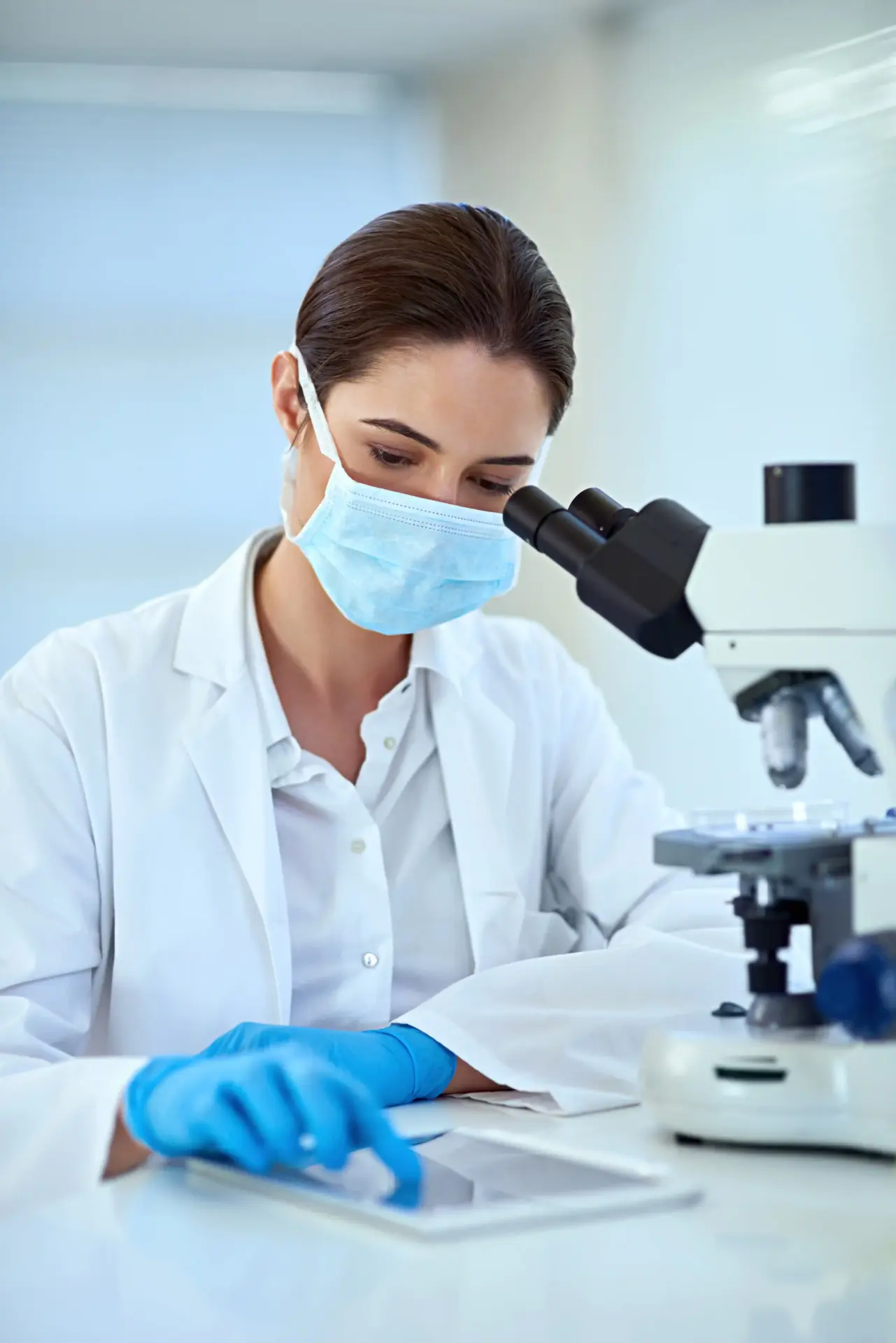
For many conditions, stem cell therapies are only available through clinical trials. These are research studies designed to test the safety and effectiveness of a new treatment. Participation in a trial is a way to access new therapies while contributing to medical science, but it also carries unique risks and criteria.
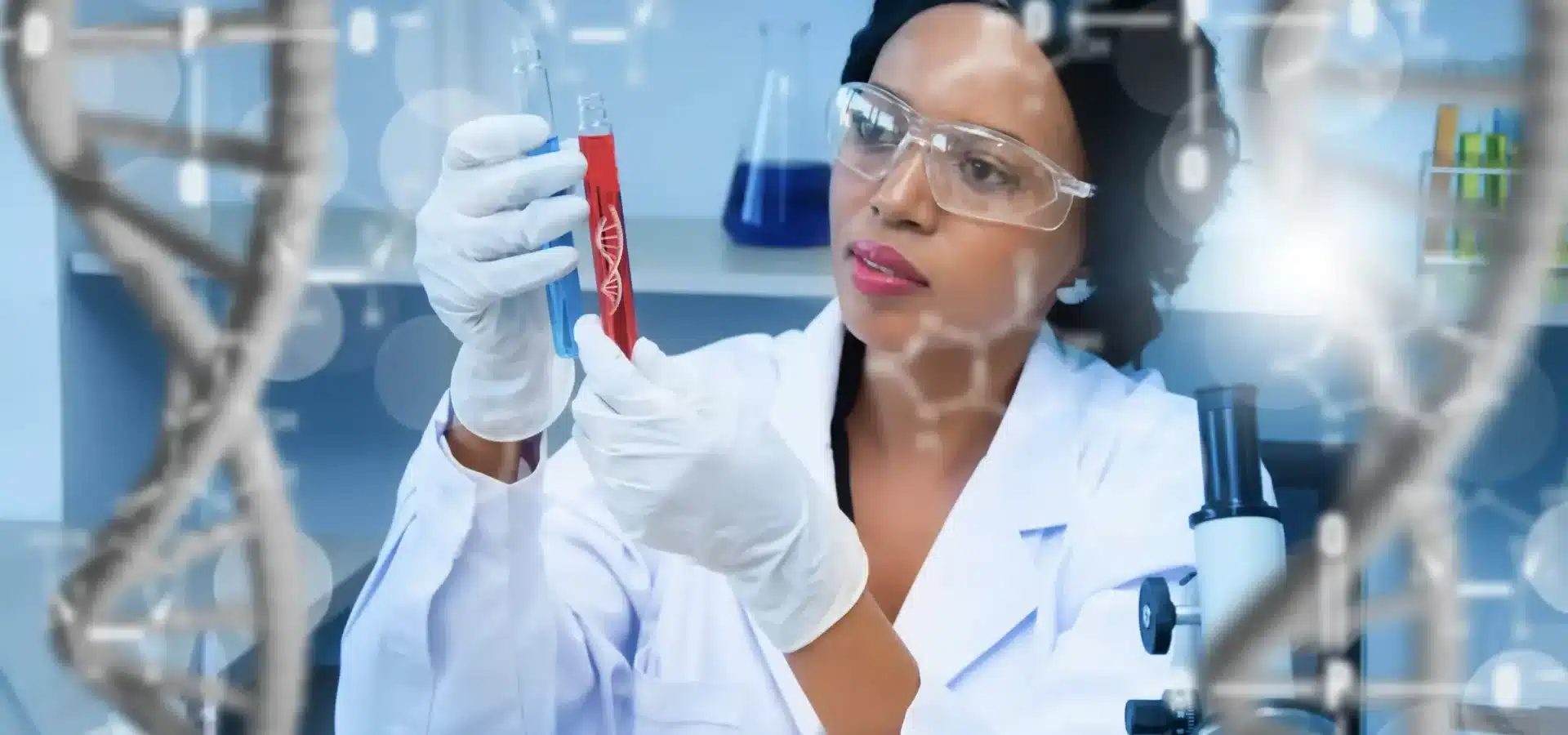

Determining if a patient is a suitable candidate for stem cell therapy is a rigorous process. It is not a one-size-fits-all solution. Doctors must first confirm the specific diagnosis and establish that conventional treatments have failed or are unsuitable. A thorough evaluation includes a complete medical history, physical examination, and advanced imaging. Blood tests and genetic screening are often required to match donor cells (if allogeneic) or to assess the health of the patient’s own cells (if autologous). This comprehensive assessment ensures both safety and the potential for a successful outcome.
The source of the stem cells is a critical factor in the evaluation process:
Allogeneic Therapy: The stem cells are taken from a compatible donor. This is common in bone marrow transplantation.
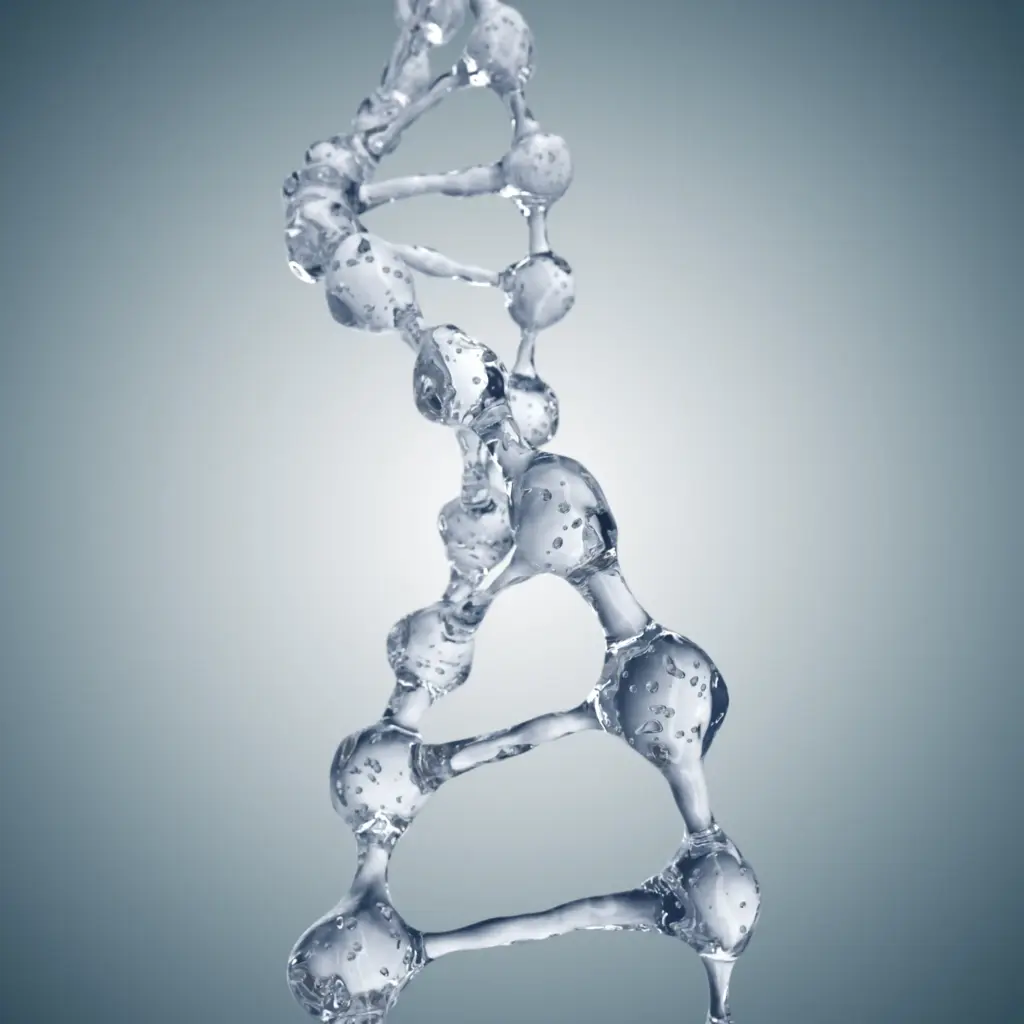
In allogeneic transplantation, the donor’s immune markers must closely match the patient’s. This is determined by a blood test called Human Leukocyte Antigen (HLA) typing. A close match is essential to prevent two major complications: graft failure (where the patient’s body rejects the new cells) and Graft-versus-Host Disease (GVHD), where the donor’s immune cells attack the patient’s body.
Procedures like bone marrow transplants are intensive. They often require high-dose chemotherapy or radiation before the transplant to clear out the diseased cells. The medical team must conduct a thorough assessment of the patient’s overall health, including heart, lung, liver, and kidney function, to ensure they are strong enough to tolerate the procedure.

Stem cell treatments vary significantly based on the condition. The most established method is the hematopoietic stem cell transplant (HSCT), commonly known as a bone marrow transplant. In this procedure, high-dose chemotherapy is used to eliminate diseased cells, followed by an infusion of healthy stem cells. In regenerative medicine, cells may be processed in a lab and then delivered directly to the site of injury, such as injection into a damaged heart or joint.Cancer is a complex disease, but with accurate diagnosis, personalised treatment and a supportive environment, every patient has a path toward healing. Liv Hospital is committed to walking beside you from the first examination to long term follow up. Our expert teams, advanced technologies and international care standards ensure that you receive safe, effective and compassionate treatment at every stage of the process. You can contact us today to start your evaluation, book a free certified online doctor consultation or send your medical reports for review.
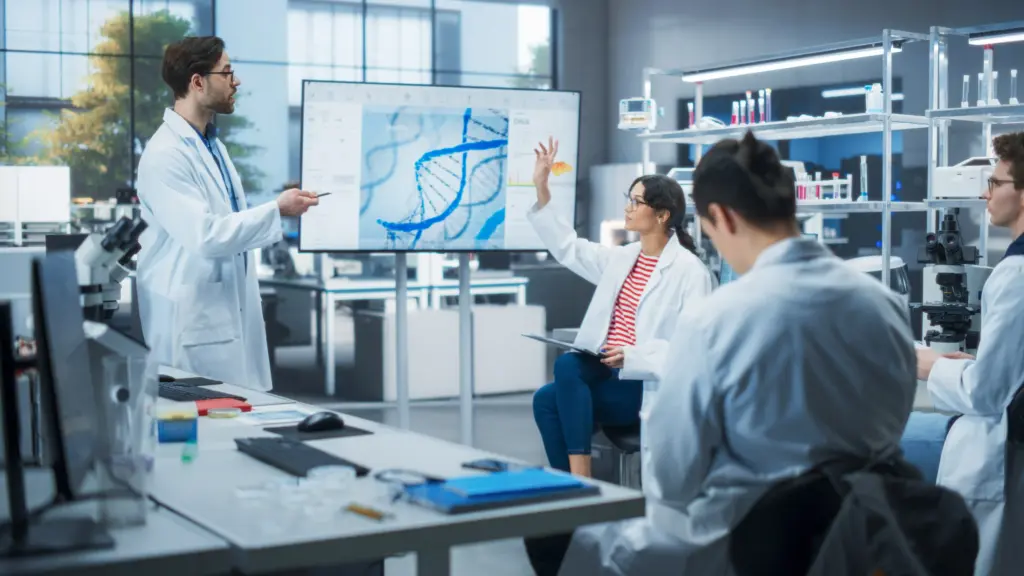
Before they can be used, stem cells must be collected.

The delivery method depends on the goal.
After an HSCT, the patient enters a critical recovery period. The immune system is severely weakened, requiring a hospital stay in a protected environment to prevent infection. Engraftment is the process by which the new stem cells settle into the bone marrow and start making new cells. This is monitored with daily blood tests and typically takes two to four weeks.

Liv Hospital is at the forefront of cellular therapy, particularly in established treatments like bone marrow transplantation. Our dedicated department combines internationally recognized hematologists and oncologists with a state-of-the-art laboratory infrastructure. We adhere to the strictest international protocols for cell processing, safety, and patient care. Our multidisciplinary approach ensures that every patient is evaluated for the most appropriate and advanced therapeutic options available, prioritizing both safety and efficacy in this rapidly evolving field.v
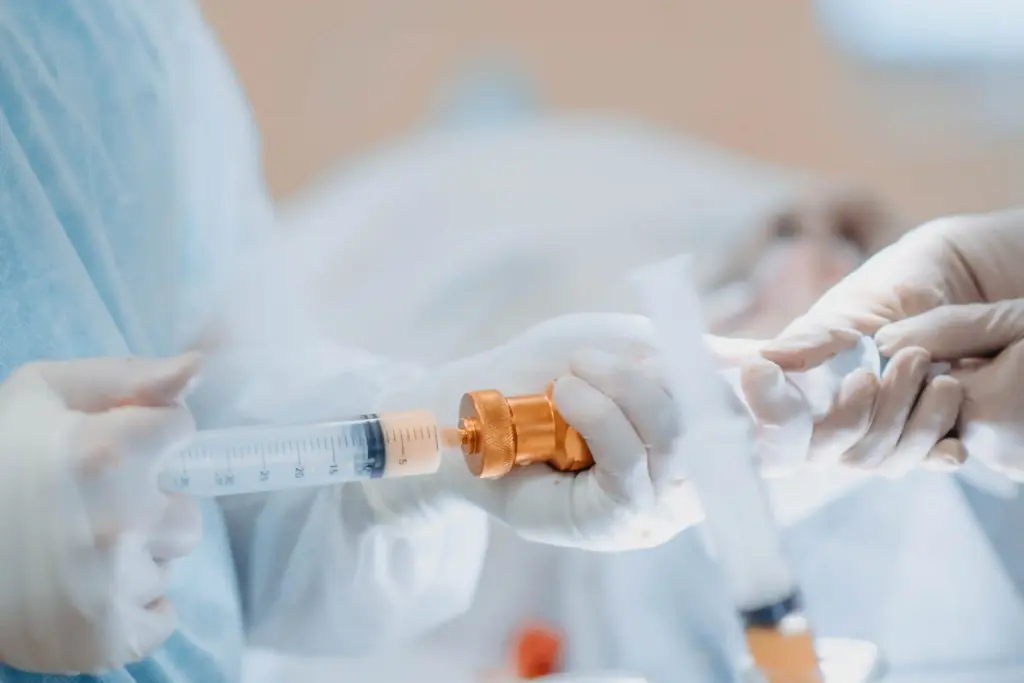
Our Bone Marrow Transplant (BMT) unit is a center of excellence, managed by a highly experienced team of hematologists-oncologists. We specialize in both autologous and allogeneic transplants for a wide range of blood cancers and genetic disorders. Our team has a proven track record of managing complex cases, with a focus on successful engraftment and long-term patient survival.

The safety and viability of stem cells are paramount. Our center features an advanced, certified Good Manufacturing Practice (GMP) laboratory. This “clean-room” facility enables our specialists to process, concentrate, and store stem cells in accordance with the highest international quality standards, ensuring that every patient receives a safe, viable cellular product.
Stem cells are unique because they act as the body’s internal repair system. Unlike specialized cells (like heart or skin cells,) which have a fixed function, stem cells have two distinct properties:
Embryonic Stem Cells (ESCs): Derived from embryos, these are pluripotent, meaning they can turn into any cell type in the body.
Adult Stem Cells (ASCs): Found in tissues like bone marrow or fat. They are multipotent, meaning they can usually only turn into cell types related to their origin tissue (e.g., bone marrow stem cells can give rise to blood cells).
While research is ongoing for many conditions, the most established and proven stem cell therapy is Hematopoietic Stem Cell Transplantation (HSCT), also known as a bone marrow transplant. It is the standard of care for:
This refers to the source of the cells:
Autologous: The stem cells are harvested from the patient’s own body. This eliminates the risk of rejection.
Allogeneic: The stem cells come from a compatible donor. This is common in treating leukemias but requires careful matching to prevent complications.
Human Leukocyte Antigen (HLA) typing is a blood test used to match a donor and a patient for an allogeneic transplant. A close match is vital to prevent:
Graft-versus-Host Disease (GVHD): The donor’s immune cells attack the patient’s body.
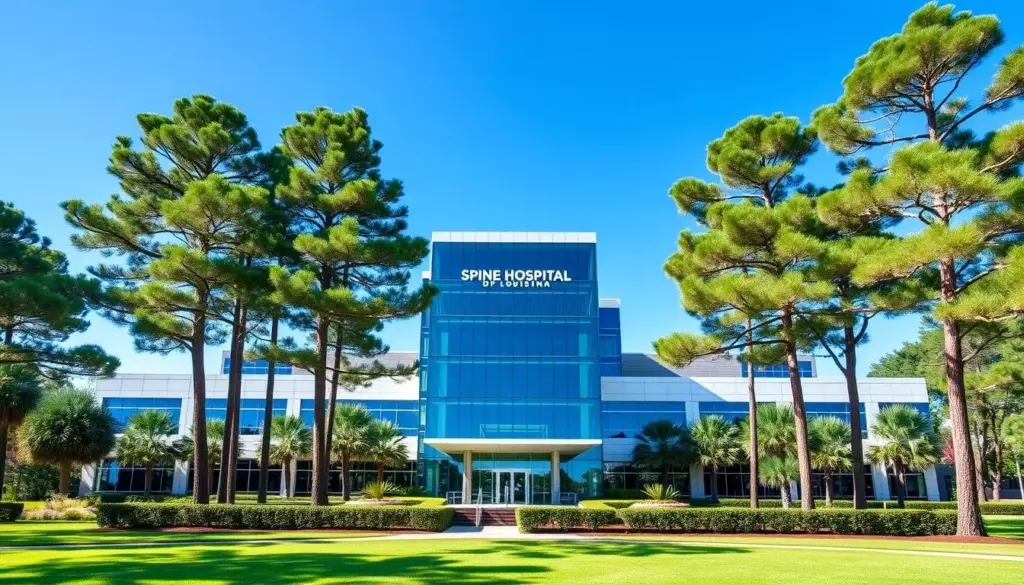
Pluripotent stem cells can develop into any type of body cell, playing a vital role
Explore the latest non small cell lung cancer treatment options at Liv Hospital, where our experts provide world-class care and support for international patients.
Learn about urinary bladder polyp symptoms, treatment, and what to expect after surgery. Abnormal growths
Chemotherapy is a complex treatment that affects not just the body but also the mind.